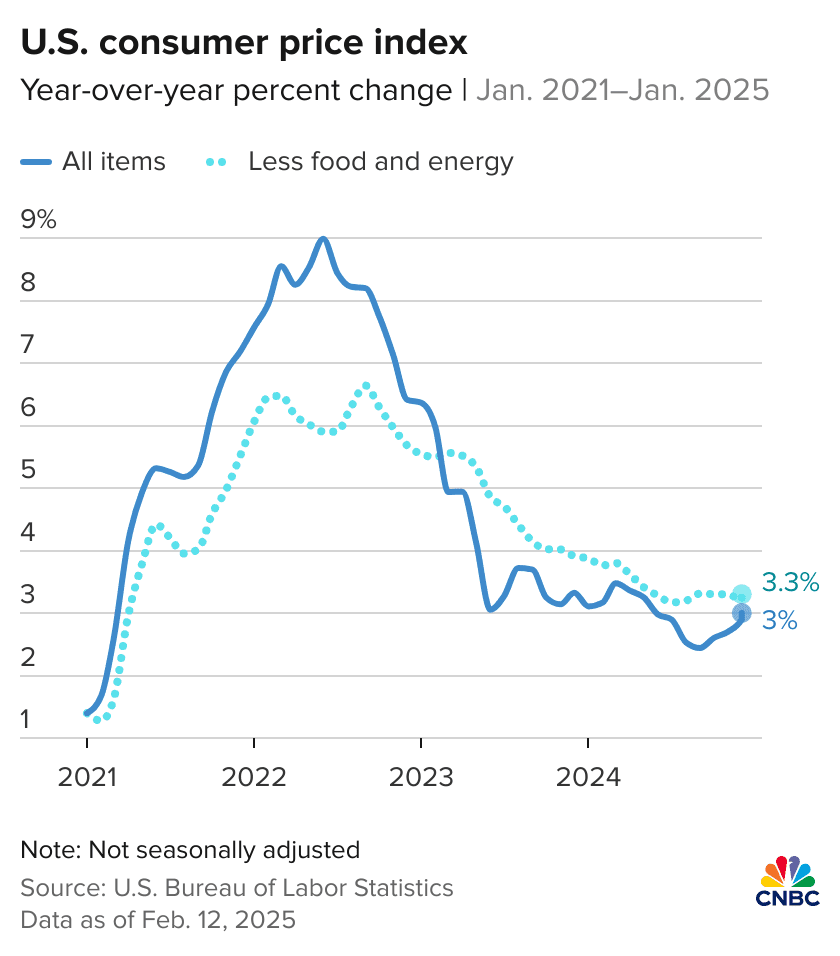US Stock Futures Edge Higher as Investors Brace for Crucial CPI Data Release
We’ve noted with interest that US stock futures are ticking up as the market positions itself ahead of a key economic release: the upcoming consumer inflation numbers. With the broader stock market skirting record highs, the anticipation around the inflation gauge, specifically the Consumer Price Index (CPI), couldn’t be more intense.
Why US Stock Futures Are Rising Now
As we track the movement in the futures market, we see modest gains in major index futures such as the S&P 500 and the Nasdaq 100. For example, one update noted that “U.S. stock futures edged higher early Friday, with Dow Jones Industrial Average futures up 0.1%, S&P 500 futures climbing 0.3% and Nasdaq 100 futures advancing 0.5%.” This indicates investor caution mixed with optimism: the market seems to expect that inflation might cool or at least not surprise to the upside.
One of the main drivers:
- The CPI report will heavily influence expectations for the Federal Reserve’s next move on interest rates. A softer reading could bolster hopes of future rate cuts, which typically supports equities. Conversely, a hotter reading may raise the specter of tighter policy, weighing on risk assets.
- Tech and growth-oriented stocks, including many in the AI and innovation space, are sensitive to interest rate shifts. With so many AI-related companies in the limelight, any sign of inflation easing is viewed favorably for AI stocks and broader stock market sentiment.

What the CPI Data Means for the Stock Market
Inflation data isn’t just a macro headline; it has direct implications for the stock market, especially for companies in sectors such as technology, consumer discretionary, and growth.
Recent research shows a weak but noticeable link between inflation metrics and equity indices. For example, one study concluded: “The correlation between the U.S. actual CPI data and the monthly closing price of the S&P 500 is approximately –0.20.” While this suggests other factors matter, inflation remains a key input for policy, valuations, and investor sentiment.
Here’s why, for US stock investors, it matters:
- If inflation comes in lower than expected, bond yields might fall or stabilize, reducing discount rates for equities and improving valuations, particularly for long-duration assets like AI-driven firms.
- If inflation comes in higher than expected, yields may rise, tightening financial conditions and placing pressure on stock valuations. That tends to dampen enthusiasm for growth and AI stock plays.
- The tone set by the Fed after the release will matter: even a “moderate” inflation print could lead the Fed to pause or delay rate cuts. As one strategist at Morgan Stanley put it: “The reaction in the 10-year yield may be more important than the CPI itself.”
Current Market Backdrop & Investor Sentiment
We observe that sentiment among investors is cautiously positive. As markets await the reading, futures are in green, reflecting mild optimism. US stock market futures edged higher on Thursday … as the Dow Jones, S&P 500, and Nasdaq all traded in green ahead of a critical inflation update.
Additional signals include:
- Strong earnings from technology and AI-related companies are lifting sentiment in risk assets.
- The broader economic backdrop, a mix of decelerating inflation, solid labour data, and resilient corporate profits, supports a “risk on” tilt.
- The shadow of the Fed looms large: how the central bank reacts to inflation will likely guide markets into the year-end.
It’s also worth noting that control of stock research and data-driven insights matters more than ever. With so many variables in play (inflation, policy, earnings, AI growth), investors are leaning on robust research to navigate volatility.
Implications for AI Stocks and Other Growth Plays
Given the strong link between interest rates and growth equities, AI stocks (and tech broadly) could be among the biggest beneficiaries if inflation moderates. Here are some core implications:
- Lower yields → better valuations for companies with cashflows further out (common in AI, software).
- A dovish Fed path could unlock more investment in growth sectors and support innovation-oriented firms.
- Conversely, a surprising inflation print could lead to rotation away from high multiple growth stocks into more defensive sectors or value plays.
Therefore, for anyone focused on building a portfolio with a tilt toward innovation or high growth, the upcoming data point is highly material.
What to Watch & Key Risk Scenarios
What to watch:
- The actual CPI print vs consensus. Market expectations are for inflation to rise slightly, but not dramatically.
- Reaction in the bond market, particularly the 10-year Treasury yield. As noted earlier, bond moves may drive equity dynamics.
- Commentary from the Fed following the release, whether they sound hawkish, neutral, or dovish.
- Sectoral responses in the stock market: tech/AI vs cyclical vs defensive.
Risk scenarios:
- Upside inflation surprise: This could spook markets, send yields higher, and pressure growth stocks and the broader US stock market.
- Inflation comes in weak: Markets may rally on hopes of easier money ahead, driving a positive outlook for growth and AI.
- Mixed read: If inflation is ambiguous, markets could chop sideways as investors interpret the data cautiously and wait for further signals.
Conclusion
In the current environment, we believe US stock futures are reflecting a cautiously optimistic market expecting inflation to be manageable. With the CPI data looming and its implications for policy and valuations, investors are positioning for a favorable outcome, but remain wary of upside risks.
For growth-heavy portfolios and AI stocks in particular, a soft inflation print could be the trigger for renewed strength. But the opposite scenario could dampen momentum and shift sentiment toward safety.
As we progress through this week, the CPI release will likely act as a major pivot point for the market. Whether you’re focused on stock research, growth investing, or managing risks in your broader portfolio, staying alert to inflation and policy signals will be key.
FAQs
Futures move based on expectations and anticipated reactions to major data like the CPI. Because the inflation reading will affect interest-rate expectations, futures markets are pre-positioning ahead of the release.
AI stocks often trade at higher valuations and depend more on long-term cash flows. If inflation falls and interest rates decline, discount rates go down, which helps valuations for AI and growth stocks. Conversely, higher inflation can raise rates and weigh on these stocks.
In addition to the CPI, bond yields (especially the 10-year Treasury), commentary from the Federal Reserve, corporate earnings (especially in tech and AI sectors), and broader economic indicators like employment and manufacturing data will all matter for stock-market direction.
Disclaimer:
The content shared by Meyka AI PTY LTD is solely for research and informational purposes. Meyka is not a financial advisory service, and the information provided should not be considered investment or trading advice.






